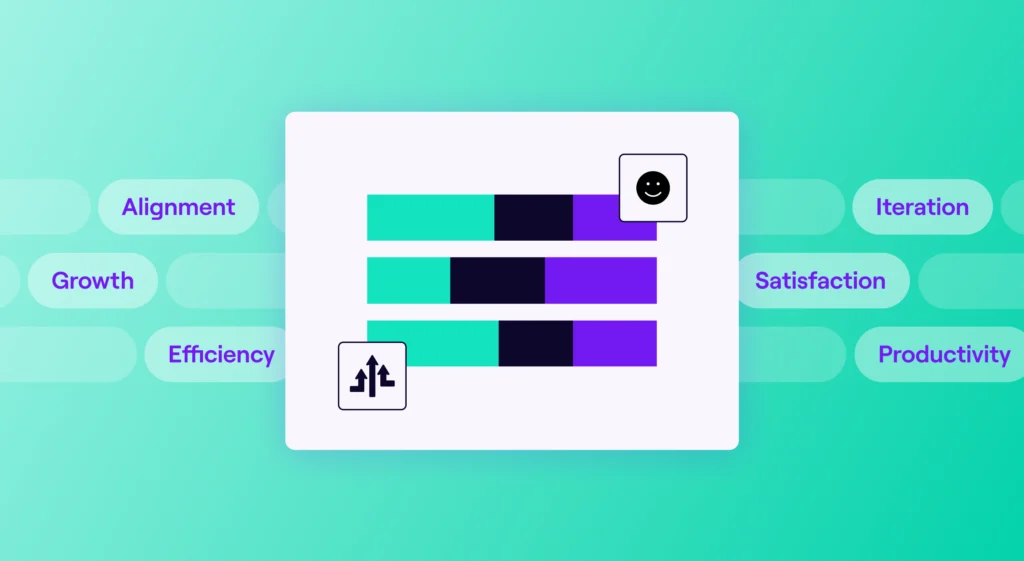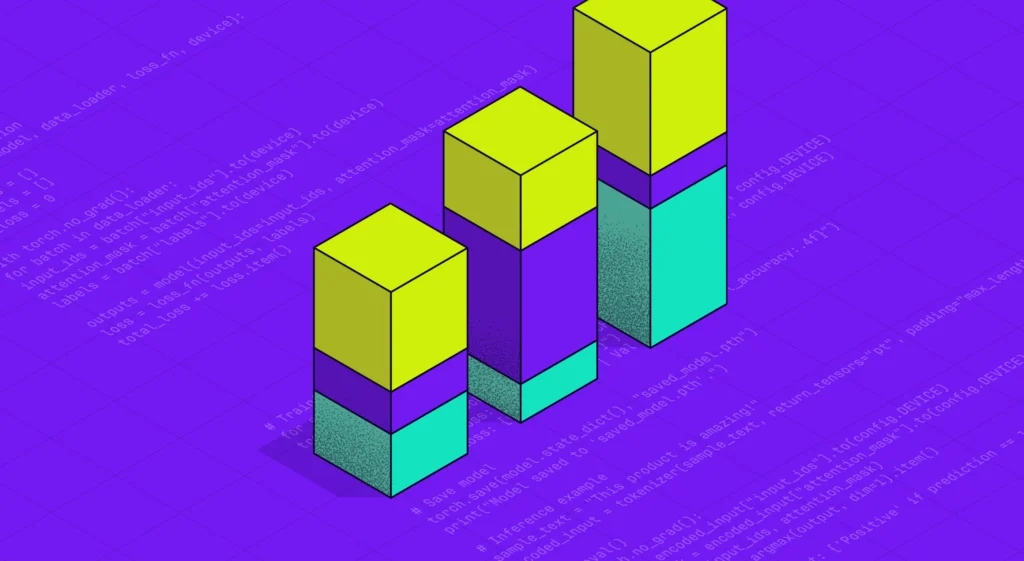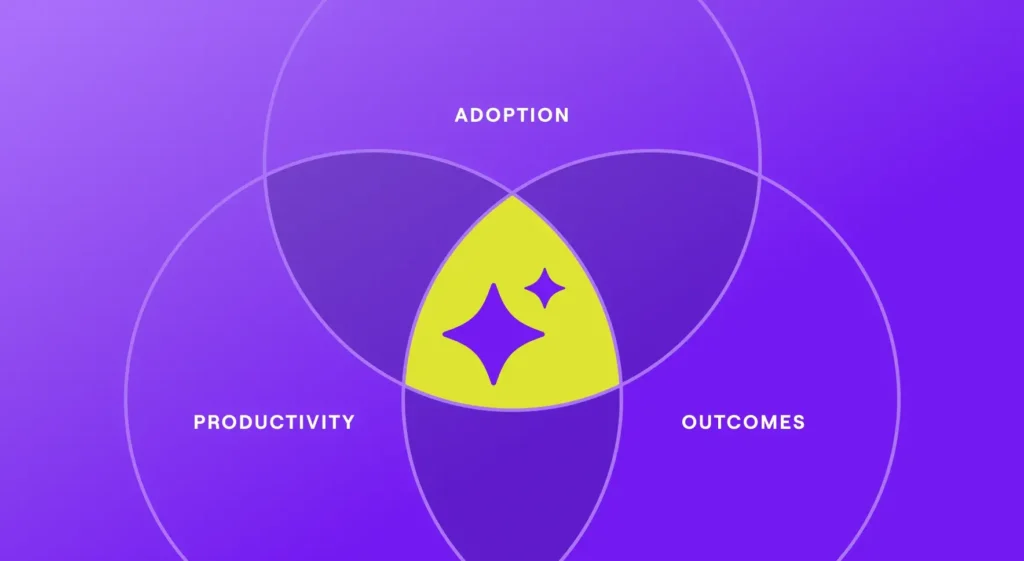A software release process involves a set of defined activities and procedures to ensure the successful deployment and delivery of software products. This process can be complex, including numerous important steps, from planning and development to testing, deployment, and ultimately making the software available to end-users.
In software release management, a release refers to a specific version or iteration of a software product that is ready for distribution. It’s an important milestone in the software development life cycle, marking the point where the software is deemed stable, reliable, and feature-complete. In other words, ready for the world.
Mapping out a software release process is of paramount importance for a software engineering leader due to several reasons. It provides a structured framework that helps streamline the development and deployment activities, ensuring that they are carried out in a systematic and controlled manner. Using such a framework can mitigate the risk of introducing errors or issues during the release, and ultimately, even enhance the overall quality and reliability of the software.
A well-defined release process enables effective coordination and collaboration among cross-functional teams involved in the software development lifecycle. An effective release cycle process often establishes clear roles, responsibilities, and communication channels, facilitating seamless collaboration between developers, testers, project managers, and other stakeholders.
Established software release processes allow for efficient tracking and management of software versions, enabling teams to keep track of changes, bug fixes, and feature enhancements across different releases. This helps in maintaining a comprehensive release history and enables effective troubleshooting and debugging if any issues arise.
Software Release Cycle
A software release cycle refers to the sequence of steps involved in the development, testing, and deployment of a software product. The ultimate goal is generally to ensure the successful delivery of a stable and reliable software release. Some steps typically found in a software release cycle are as follows:
- Planning: In this initial stage, the software engineering team identifies the goals and requirements of the software release. They define the scope, features, and timeline for the release, considering customer needs, market demands, and business objectives.
- Building: Once ideation and planning are complete, it’s time to start creating the product. This is when engineering teams begin building the software according to the defined requirements and specifications. This involves coding, designing the user interface, and implementing the desired functionality.
- Testing: Testing is a critical phase where the software is evaluated for quality, functionality, and performance. It includes unit testing, integration testing, system testing, and user acceptance testing. Bugs and issues are identified, reported, and fixed to ensure a stable release. In many cases, testing is a continual and ongoing process.
- Preparing for Release: At this stage, the software is deemed ready, but it’s important to prepare for releasing it to the world. The necessary documentation is prepared, including user manuals, installation guides, and release notes. The software is packaged if applicable, and prepared for distribution.
- Deploying: The software is deployed to the production environment or made available for download. This involves installing and configuring the software on target systems or uploading it to an application store or website for users to access.
- Product Release: The software is officially released to end-users or customers. This includes communication and marketing efforts to make users aware of the new release, its features, and any relevant updates or improvements.
Throughout the product release cycle, teams may follow agile methodologies, such as Scrum or Kanban, to iteratively develop and deliver software. These methodologies emphasize continuous improvement, collaboration, and feedback, enabling software engineering teams to adapt and enhance the release process based on evolving requirements and customer feedback.

Software Release Challenges
The software release process can present a range of challenges that software engineering teams must address to ensure a successful product release, meaning it can be important to anticipate potential challenges ahead of time in order to stay prepared. These challenges can arise at various stages of the product release process and can significantly impact organizations’ ability to efficiently create high-quality products. Here are some common challenges:
- Quality Assurance: Ensuring the quality of the software release is crucial but can be challenging. Testing for bugs, compatibility issues, and performance problems requires thorough planning, dedicated resources, and effective testing methodologies. The complexity of modern software systems can make quality control a significant challenge.
- Time Constraints: Meeting tight deadlines and delivering the software on schedule can be demanding. Balancing the need for thorough testing and bug fixing with the pressure to release within a specific time frame is a constant challenge. Teams often must balance quality and deadlines.
- Communication and Coordination: Coordinating efforts across multiple teams and stakeholders can be challenging, particularly when they are geographically dispersed. Effective communication and collaboration are crucial to align everyone’s expectations, address concerns, and ensure smooth progress. Lack of communication can lead to misunderstandings, delays, and inefficiencies.
- Scope Management: Managing the scope of the software release can be challenging, especially when there are changing requirements or competing priorities. Scope creep, where additional features or changes are added during development, can lead to delays and resource overruns. Balancing customer demands, business needs, and available resources is essential to maintaining a manageable scope.
- Deployment and Configuration: Deploying the software to different platforms and environments while ensuring proper configuration and compatibility can be complex. Handling different operating systems, hardware variations, and network environments requires careful planning, testing, and documentation. Failure to address these challenges can result in deployment issues and user dissatisfaction.
- User Adoption: Convincing users to adopt and embrace a new software release can be challenging. Resistance to change, user training needs, and compatibility concerns with existing systems can impact the acceptance and adoption of the new release. Effective communication, user education, and addressing user concerns are important for successful adoption.
- Maintenance and Support: After the release, ongoing maintenance and support can pose challenges. Timely bug fixes, updates, and addressing user feedback are crucial to maintaining customer satisfaction and ensuring the longevity of the software. Efficiently managing support requests and prioritizing maintenance tasks can be demanding.
Fortunately, there are ways to address many of these challenges. Software engineering teams can adopt effective product release management processes, prioritizing thorough testing, establishing effective communication channels, investing in quality assurance practices, and implementing comprehensive release management processes. Continuous learning, feedback loops, and a proactive approach to addressing challenges can lead to improved product releases and customer satisfaction.
Release Management Best Practices
Understanding how to improve release management processes often involves understanding successful release management best practices that software engineering teams can follow to aim for a successful software release. By implementing these practices, teams can often better position themselves to enhance the efficiency, quality, and reliability of their release process. There are some important release management process steps that can help teams adhere to best practices, such as the following:
- Establish a Release Management Plan: Create a well-defined release management plan that outlines the goals, scope, timeline, and responsibilities for each release. This plan serves as a roadmap and helps ensure that all stakeholders are aligned and aware of the release objectives.
- Develop a Release Management Checklist: A comprehensive checklist that covers all the necessary tasks and activities required for a successful release and includes items such as code reviews, testing, documentation, and deployment steps can act as a guide to ensure that all essential activities are completed before releasing the software.
- Implement Release Management Tools: Release management tools and automation can streamline the release process. These tools can assist with version control, build automation, testing frameworks, and deployment automation, reducing manual effort and minimizing human error.
- Define Clear Release Process Steps: Clearly define the steps involved in the release process, from development to deployment. Ensure that each step has well-defined criteria for completion and that there are appropriate checkpoints for quality assurance and testing.
- Perform Thorough Testing: A robust testing strategy typically includes unit testing, integration testing, system testing, and user acceptance testing. It can be important to test for functionality, performance, and compatibility across different environments and platforms.
- Communicate Effectively: Clear communication channels with all stakeholders, including developers, testers, project managers, and end-users can be essential, keeping them informed about the release progress, timelines, and any changes or issues that may arise.
- Iterate and Learn: Continuously learn from each release and strive for continuous improvement. Collect feedback from users, monitor performance metrics, and conduct post-release reviews to identify areas for enhancement and refinement in future releases.
Following certain best practices can be important when developing software. Through careful consideration of these practices, software engineering teams can better position themselves to streamline their processes, reduce risks, and deliver high-quality software releases consistently. Successful software release strategy often promotes collaboration, transparency, and a systematic approach. Doing so can help ensure a successful software release that meets user expectations and business objectives.
How To Improve Your Software Release
Jellyfish offers a solution that can significantly improve the software release process and enhance release management strategies. By providing visibility into engineering teams, Jellyfish addresses the historical challenge faced by engineering leaders regarding the lack of insight into their software engineering organizations.
Using Jellyfish, leaders can gain valuable visibility into their engineering teams and understand how their resources and time are being utilized. By connecting with already popular tools such as Jira and GitHub, Jellyfish tracks and analyzes where engineers are spending their time. This data-driven approach enables leaders to make informed decisions and optimize their software release strategies.
With Jellyfish, engineering leaders can align their software release efforts with business objectives and make data-driven decisions. They can track the progress of releases, identify bottlenecks, and allocate resources efficiently, leading to improved software release outcomes. By leveraging Jellyfish’s visibility and insights, leaders can enhance their software release strategies and optimize the overall release management process.






